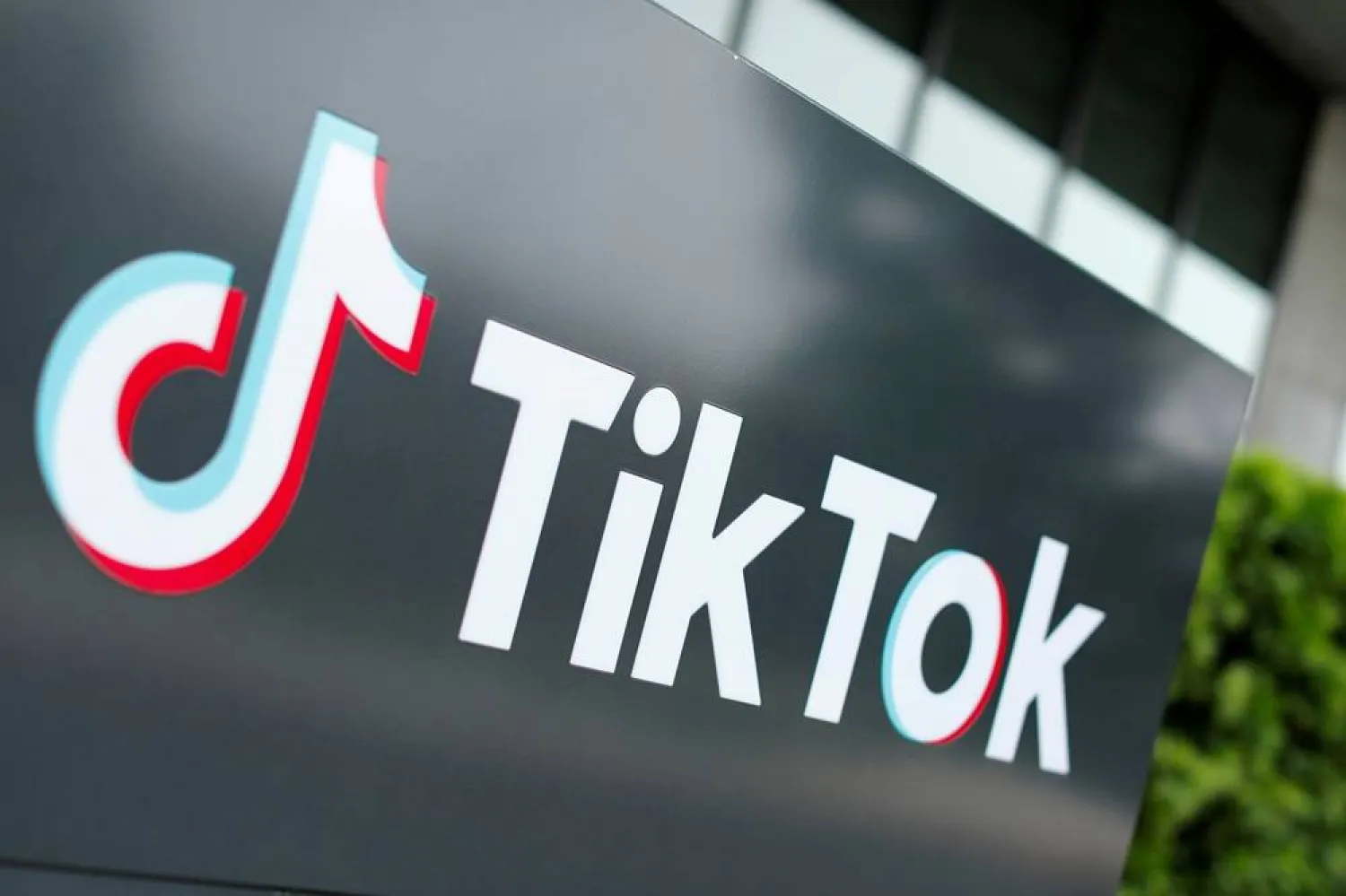The Regeneron International Science and Engineering Fair (ISEF) has showcased the innovative ideas of 30 Saudi students.
ISEF 2021 is being held virtually in the US, with the participation of over 1,800 students from around the world showcasing their projects at the science fair.
King Abdul Aziz and His Companions Foundation for Giftedness and Creativity (Mawhiba) announced its sponsorship of the innovations in the energy field at ISEF 2021.
Saudi Arabia first participated in ISEF in 2007 and has since then won 48 major and 27 special prizes. In 2020, the Kingdom received eight prizes, including five major and three special prizes.
Saudi Minister of Energy Prince Abdulaziz bin Salman is set to meet virtually with a number of students from around the world that are taking part in this year’s edition.
In a statement, Mawhiba announced that it will present major prizes and sponsorships for the top four projects in the field of energy.
The foundation will also offer a number of special awards in the fields of science, technology, engineering, and mathematics (STEM), including 12 grants and 12 cash prizes.
The statement explained that the foundation’s sponsorship of ISEF’s energy field stems from Vision 2030 and its awareness of the important role Saudi Arabia plays as a major source of energy, and its efforts to continue sustainable development by preserving energy sources.
Mawhiba stated that the awards it offers to international talents at the ISEF 2021 exhibition reflect its vision and mission to make innovation a sustainable way to invest in human capabilities.
There is an increasing trend towards the production of more renewable energy, which is expected to account for 40 percent of the planet's energy by 2040, according to Mawhiba.
The Mawhiba Foundation has offered 79 special awards, totaling $269,000, for 97 international students at the ISEF over the past ten years.









